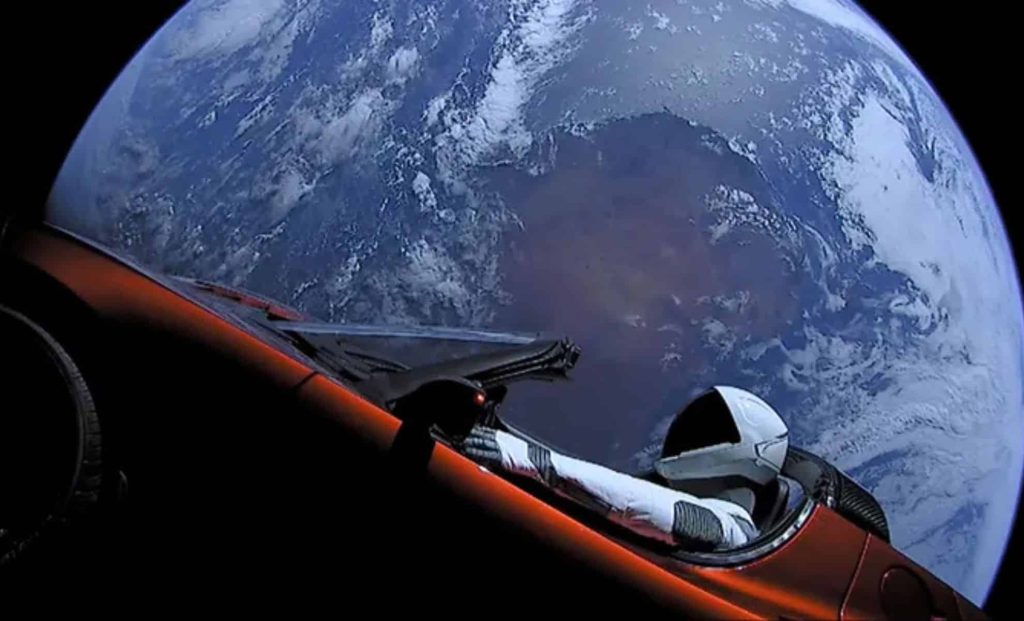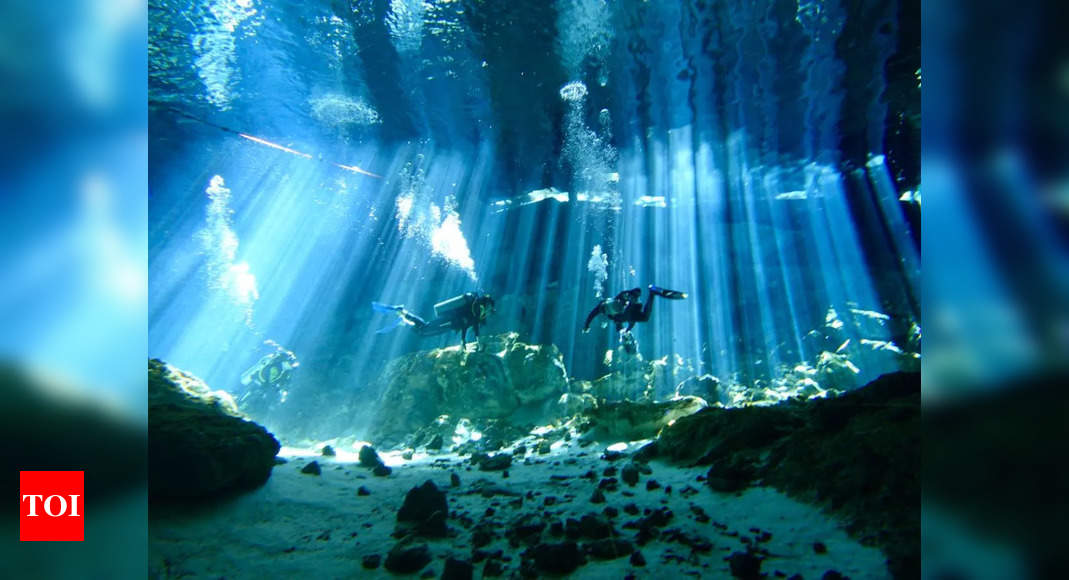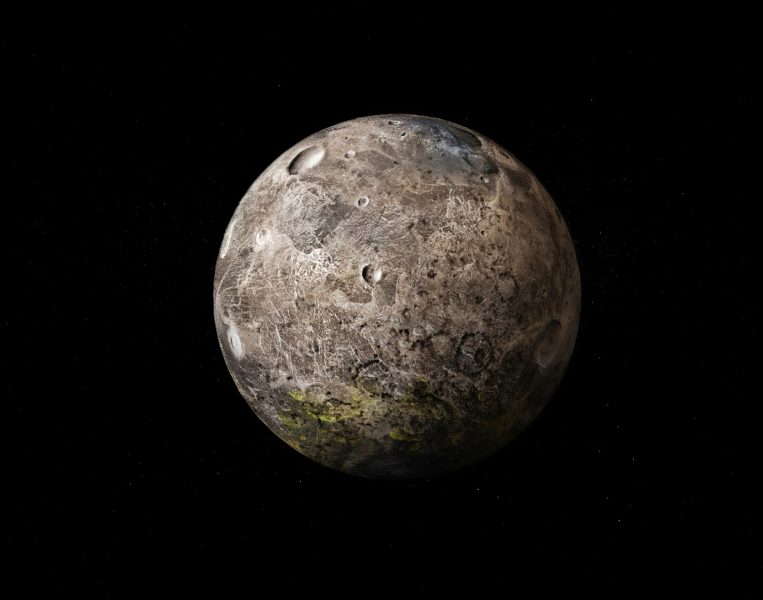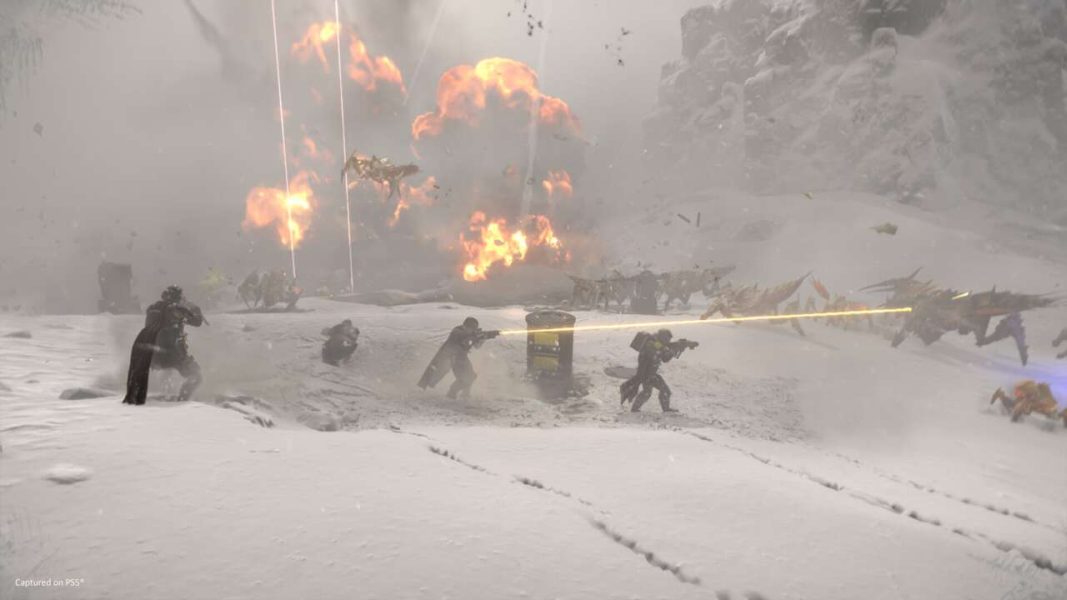Astronomers Discover Strange Object in Space—Turns Out Elon Musk Has Something to Do With It – Indian Defence Review

Astronomers recently identified a mysterious object near Earth that left them puzzled—until they realized Elon Musk was unexpectedly connected to it. This surprising discovery highlights the growing challenges of tracking objects in space and raises intriguing questions about the future of exploration.In an unexpected twist, astronomers recently mistook Elon Musk’s SpaceX Tesla Roadster, launched into space in 2018, for an asteroid. The red convertible, famously sent into orbit with a mannequin nicknamed “Starman” at the wheel, became an iconic symbol of the Falcon Heavy rocket’s inaugural flight. However, after drifting silently through space for five years, the car was detected by researchers at the Minor Planet Center at the Harvard-Smithsonian Center for Astrophysics and initially classified as 2018 CN41, a potential asteroid. The object’s trajectory and proximity to Earth sparked excitement among astronomers before its true identity was confirmed. This amusing case highlights the growing challenge of distinguishing between natural celestial objects and the increasing number of artificial items populating the space environment.The Tesla Roadster was launched aboard the inaugural flight of SpaceX’s Falcon Heavy rocket in February 2018. Intended as a demonstration of the rocket’s payload capacity, the car was placed in an elliptical orbit around the Sun, reaching beyond Mars and returning toward Earth. The launch was both a technical milestone and a marketing coup, capturing global attention with live-streamed footage of “Starman” floating in space to the tune of David Bowie’s “Space Oddity.”Over the past five years, the Tesla has been drifting silently through space, venturing farther than initially planned. In early 2025, the Roadster surprised astronomers when it came within 150,000 miles of Earth, closer than the Moon’s orbit. This unexpected reappearance, coupled with its trajectory, led researchers to misidentify it as an asteroid, sparking brief excitement before its true identity was confirmed.The mix-up has raised important questions about the growing challenge of distinguishing between natural celestial objects and man-made debris in space. The Roadster was initially flagged by astronomers studying objects in the near-Earth environment. Its trajectory and proximity aligned with typical asteroid patterns, leading to its classification as 2018 CN41 by the Minor Planet Center.Jonathan McDowell, an astrophysicist at the Center for Astrophysics (CfA), explained the broader implications of such errors. “Worst case, you spend a billion launching a space probe to study an asteroid and only realize it’s not an asteroid when you get there,” McDowell told Astronomy magazine. His comment highlights the potential financial and scientific risks posed by misidentifications in an era of increasing space activity.McDowell’s remark underscores the need for more robust tracking systems to differentiate between natural and artificial objects. As space exploration accelerates, so does the number of untracked objects in orbit, ranging from satellites to discarded rocket stages.The Tesla Roadster’s misidentification is a symptom of a larger issue: the increasing clutter in space. Since the dawn of the space age, humanity has launched thousands of objects into orbit. While many are functional satellites, a significant portion consists of debris from defunct satellites, spent rocket stages, and mission remnants like Musk’s Tesla.This growing population of artificial objects makes tracking and cataloging near-Earth objects (NEOs) more complicated. Organizations like NASA and the European Space Agency (ESA) actively monitor space debris, but their focus is primarily on objects that pose a collision risk with operational satellites or the International Space Station. Objects like the Tesla Roadster, which pose no immediate threat, are often deprioritized.However, as this incident illustrates, even non-threatening objects can create confusion. Advanced detection systems, like the Vera C. Rubin Observatory set to launch in 2024, promise to improve the accuracy of tracking celestial objects. Still, without clear categorization protocols, the risk of similar mistakes remains high.While the Tesla Roadster might seem like an unusual case, its journey through space provides valuable insights into the behavior of objects in orbit. The car’s trajectory has been affected by solar radiation and gravitational interactions with celestial bodies, making it a useful test case for understanding how small objects move through the solar system.Moreover, its visibility challenges researchers to refine their identification methods. Tools like spectroscopy, which analyzes the composition of light reflected off an object, could help differentiate between natural asteroids and artificial debris. In this instance, the car’s unique materials—like painted metal and glass—would likely have stood out under closer scrutiny.The Roadster also serves as a reminder of humanity’s expanding footprint in space. As private companies like SpaceX continue to push the boundaries of exploration, the number of artificial objects in orbit will only grow. Developing efficient systems to track and classify these objects is essential to ensure that scientific resources are used effectively.The mistaken identity of Elon Musk’s Tesla Roadster highlights the importance of ongoing advancements in space monitoring technologies. As McDowell pointed out, misidentifications could lead to costly errors, especially in an era when space missions frequently target near-Earth asteroids for research and potential resource extraction.Collaboration between international space agencies, private companies, and academic institutions will be crucial in addressing these challenges. Enhanced tracking systems, improved classification protocols, and advanced AI algorithms could help prevent future mix-ups. For astronomers and space enthusiasts alike, the Roadster’s journey serves as both a source of amusement and a wake-up call to the complexities of exploring and managing the final frontier.Got a reaction? Share your thoughts in the commentsEnjoyed this article? Subscribe to our free Newsletter for engaging stories, exclusive content, and the latest newsComment Save my name, email, and website in this browser for the next time I comment.
© 2024 | Indian Defence Review | All rights reserved
Source: https://indiandefencereview.com/strange-object-in-space-elon-musk/






